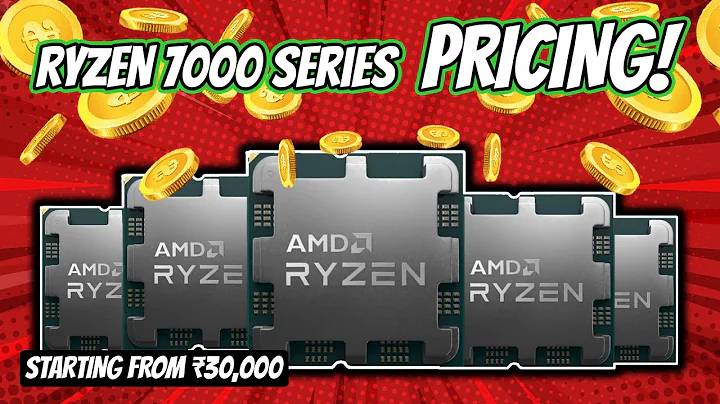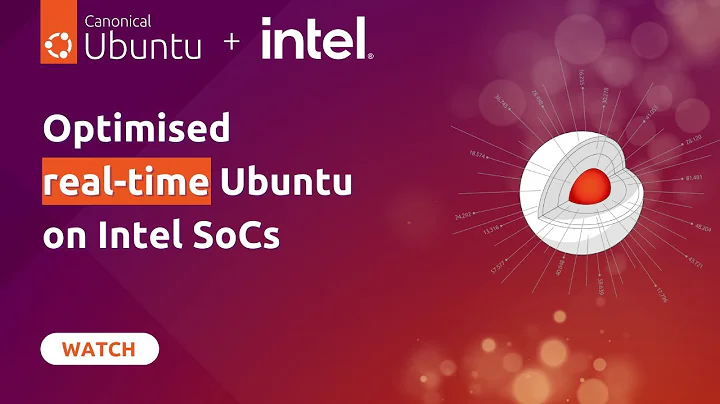Is Intel Ready for a Turnaround? Pros, Cons, and Valuation
Table of Contents
- Introduction
- Background on Intel's Current Situation
- Technology Gap and the Need for Catch-up
- Investment in Chip Manufacturing
- Market Growth and Potential
- Pros of Investing in Intel
- Profitability and Solid Business Model
- Moonshot Project: Mobileye
- Share Buybacks and Dividend
- Insider Buying Activity
- Cons and Risks of Investing in Intel
- Innovation and Technological Gap
- Potential Lack of Growth
- Low Guru Conviction
- Financial Analysis and Valuation
- Historical Performance
- Discounted Cash Flow Analysis
- Intrinsic Value Assessment
- Conclusion and Watchlist
Is Intel Ready for a Turnaround? Pros, Cons, and Valuation
Intel, once the dominant force in the semiconductor industry, has faced significant challenges in recent years. As technology rapidly advances, Intel has struggled to keep up with competitors, leading to questions about its ability to stage a turnaround. In this article, we will explore the current state of Intel, examining the pros and cons of investing in the company and conducting a valuation analysis.
Introduction
In the world of technology and innovation, staying ahead of the curve is crucial. While Intel was once the leader in the semiconductor market, recent years have raised concerns about its ability to maintain its competitive edge. In this article, we will delve into the current situation of Intel and evaluate whether the company is poised for a turnaround.
Background on Intel's Current Situation
Technology Gap and the Need for Catch-up
One of the primary issues facing Intel is its technological gap compared to its competitors. As other companies continue to push the boundaries of innovation, Intel has struggled to keep pace. The question arises: can they bridge this gap and regain their position as a technological leader?
Investment in Chip Manufacturing
Unlike many other chip designers, Intel has the added advantage of owning and operating its own manufacturing facilities. This vertical integration provides Intel with more control over the production process and allows for a deeper level of value creation. However, it also comes with the challenge of building and ramping up new fabrication plants, a process that can take several years.
Market Growth and Potential
The semiconductor industry has been experiencing steady growth, with an average annual growth rate of approximately 8%. However, it is important to note that future growth will also be influenced by the increasing demand for chips to support emerging technologies. While this could lead to a larger market, it is essential to consider Intel's ability to capture market share in this expanding landscape.
Pros of Investing in Intel
Profitability and Solid Business Model
Intel has historically been a highly profitable company with a solid business model. Despite recent challenges, the company has maintained profitability in certain segments of its operations. This resilience Speaks to Intel's ability to adapt and navigate through difficult times.
Moonshot Project: Mobileye
One area where Intel has made significant inroads is in the autonomous driving sector with its subsidiary, Mobileye. Through Mobileye, Intel is positioned to tap into the growing market for advanced driver-assistance systems and autonomous vehicles. This moonshot project presents a potential avenue for long-term growth.
Share Buybacks and Dividends
Intel has consistently demonstrated its commitment to returning value to shareholders through share buybacks and dividends. Share repurchases can lead to higher earnings per share and increased shareholder value. While dividend payments may be reduced in the future to allocate more funds towards growth opportunities, their history highlights Intel's recognition of the importance of rewarding shareholders.
Insider Buying Activity
Insider buying is often seen as a positive signal for investors. In the case of Intel, insiders have been consistently buying shares, reflecting their confidence in the company's future prospects. This trend is encouraging and suggests that those closest to the company believe in its potential.
Cons and Risks of Investing in Intel
Innovation and Technological Gap
Intel's primary challenge lies in bridging the innovation gap that has emerged in recent years. Falling behind in technology could hinder the company's ability to compete effectively in the market, as rivals continue to push boundaries and introduce advancements.
Potential Lack of Growth
While Intel has shown resilience and profitability, concerns surround its ability to generate significant growth in the coming years. With technologies evolving rapidly, Intel must stay ahead of the curve to capture new opportunities and expand its market share. Failure to do so could result in stagnant or even declining growth.
Low Guru Conviction
Guru conviction refers to esteemed investors' confidence in a particular stock. Intel's low guru conviction rating raises questions about whether respected investors consider it an attractive investment. It is essential to consider market sentiment and expert opinions when making investment decisions.
Financial Analysis and Valuation
Historical Performance
Intel's financial performance has experienced fluctuations in recent years. While net income and free cash flow have shown volatility, with a decline in recent periods, it is crucial to analyze the underlying factors contributing to this trend.
Discounted Cash Flow Analysis
Using a discounted cash flow analysis, we can estimate Intel's intrinsic value based on projected cash flows. Considering the recent challenges and uncertainties surrounding the company's growth prospects, it is vital to take a conservative approach in valuing the stock.
Intrinsic Value Assessment
Based on the discounted cash flow analysis, Intel's intrinsic value in a conservative Scenario is estimated to be lower than the current market capitalization. This suggests that the stock may not be currently undervalued and warrants careful consideration before investing.
Conclusion and Watchlist
In conclusion, the question of whether Intel is ready for a turnaround is complex and multifaceted. While the company faces challenges in bridging the technology gap, it also possesses strengths such as its profitability and investments in emerging sectors like autonomous driving. Investors must carefully evaluate the pros and cons and consider the long-term growth potential of Intel before making investment decisions.
🔎 Highlights:
- Intel's technological gap and the need for catch-up
- Investment in chip manufacturing
- Pros: Profitability, Moonshot project (Mobileye), Buybacks and dividends, Insider buying activity
- Cons: Innovation and technological gap, Potential lack of growth, Low guru conviction
- Financial analysis and valuation: Historical performance, Discounted cash flow analysis, Intrinsic value assessment
- Conclusion: Intel's readiness for a turnaround is uncertain, careful evaluation required
❓ FAQs:
-
Q: How is Intel addressing its technology gap?
- A: Intel is investing in research and development to catch up with competitors and regain its position as a technological leader.
-
Q: What is Intel's moonshot project?
- A: Intel's moonshot project is Mobileye, a subsidiary focused on autonomous driving technologies.
-
Q: What factors contribute to Intel's low guru conviction rating?
- A: Factors such as the technological gap, potential lack of growth, and market sentiment influence Intel's low guru conviction rating.
🔗 Resources:


 7.3K
7.3K
 47.36%
47.36%
 16
16


 27.1K
27.1K
 9.92%
9.92%
 24
24


 < 5K
< 5K
 37.79%
37.79%
 9
9


 24.9K
24.9K
 16.55%
16.55%
 65
65


 < 5K
< 5K
 13
13


 10.6K
10.6K
 13.52%
13.52%
 13
13


 45.7K
45.7K
 16.2%
16.2%
 44
44
 WHY YOU SHOULD CHOOSE TOOLIFY
WHY YOU SHOULD CHOOSE TOOLIFY



































